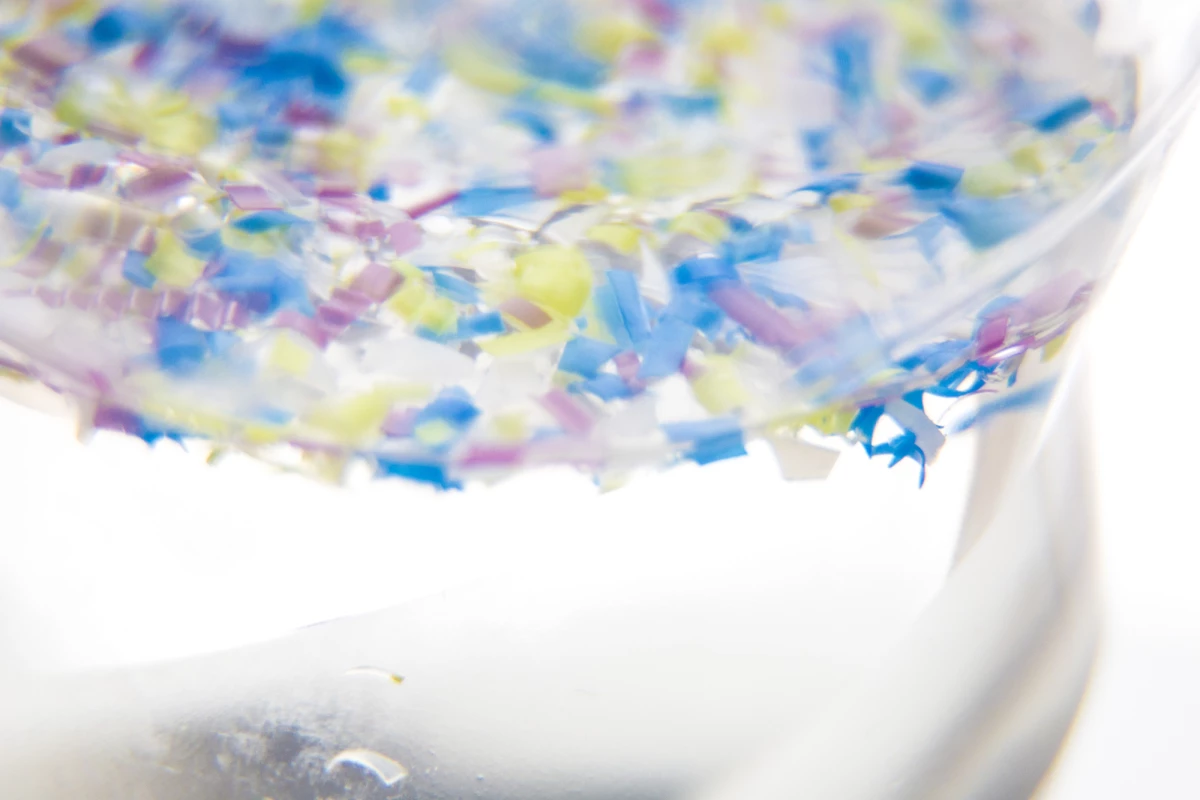The pervasive nature of plastic pollution makes it an incredibly difficult problem to tackle, but lately we're seeing how microscopic organisms might offer us a helping hand. This has included the discoveries of bacterium that can quickly break down common plastics like PET, or enzymes that can be embedded in plastics to make them biodegrade in days after use. Another example comes from researchers at Hong Kong Polytechnic University, who have devised a method of trapping tiny plastic particles using a sticky bacterial biofilm.
Plastic trash like shopping bags, fishing nets and soda bottles are an obvious problem for the environment, but when these items are broken down they separate into tiny fragments that are incredibly difficult to track.
The evidence around the potential health effects of these microplastics, which measure less than 5 mm (0.2 in) apiece, is starting to becoming clearer, with recent studies demonstrating that they can alter the shape of human lung cells and cause aneurysms in fish. Studies have also shown that microplastics can make their way up the food chain after being ingested by small marine creatures.
The scientists at Hong Kong Polytechnic University have demonstrated a novel way to capture microplastics for recycling, by enlisting the help of a bacterium by the name of Pseudomonas aeruginosa. While considered a critical threat to human health by the World Health Organization due to its resistance to antibiotics and ability to cause a range of infections, the common bacterium has drawn interest from plastics researchers due to its ability to colonize the material and break down some of its chemical building blocks.
Like all bacteria, P. aeruginosa builds itself a protective barrier known as a biolfilm by coming together to form colonies. The scientists conducted experiments in a bioreactor with microplastics, using this biolfim as a net to see if they could capture the tiny particles. They found that the film caused the microplastic particles to bunch together and then sink to the bottom of the reactor for easy collection.
By adding a specific gene to the mix, the biofilm can then be made to disperse the particles, which, study author Yang Liu says, "allows convenient release of microplastics from the biofilm matrix, which is otherwise difficult and expensive to degrade, so that the microplastics can be later recovered for recycling."
The team considers this a proof of concept, but imagines the approach could find use in wastewater plants to prevent microplastics from seeping into the ocean. This would involve finding other bacteria types in those settings that can form the right type of biofilms that have similar effects on the microplastics, and natural compounds to disperse the particles afterwards.
"It is imperative to develop effective solutions that trap, collect, and even recycle these microplastics to stop the 'plastification' of our natural environments," says Liu, who is presenting the research today at the Microbiology Society's Annual Conference.
Source: Microbiology Society via EurekAlert




